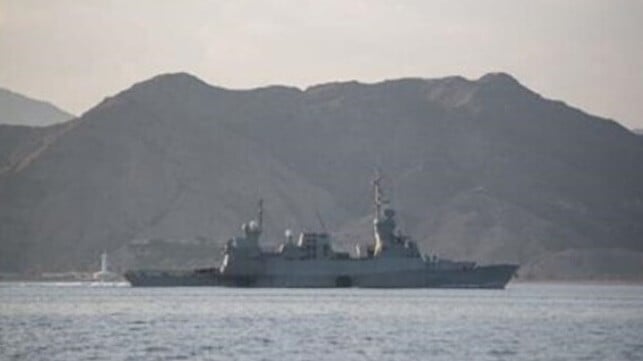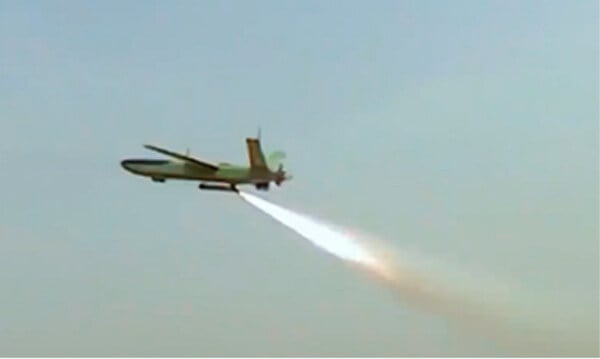Israeli Navy Strikes Houthi Port Facilities

In the early hours of June 10, in what appears to be the first such long-range operation, the Israeli Navy was used to strike Houthi-controlled port facilities on the Red Sea coastline. There were no immediate reports of civilian casualties post the strike, nor indications posted by either side of the damage caused.
The previous evening, the Israeli Defense Force Arabic spokesman Avichay Adraee had sent out a social media warning for civilians to keep away from port areas in Ras Isa, Al Salif and Hodeidah until further notice.
The Israeli Navy will have used Sa'ar Class corvettes to mount the attack, of which they have a fleet of 15 ships. The latest Sa'ar 6 vessels are equipped with an Oto Melara 76 mm main gun, plus Gabriel and Harpoon missiles. These missiles, normally used in the anti-shipping role, can be fired from a substantial stand-off range. The corvettes can also carry a medium-sized helicopter, for either reconnaissance or for firing additional missiles at ground targets.
Use of the Israeli Navy, rather than repeating the long-range strikes previously carried out by the Israeli Air Force, is probably more cost effective with less combat risk than complex air operations involving surveillance, tanker, and air defense suppression aircraft. At least two Israeli naval vessels are likely to have been used, so as to ensure mutual support. The Sa'ar Class corvettes are also equipped with C-Dome, a naval version of the Iron Dome air defense system, as well as the medium range Barak-8. Together, these two systems would have given commanders some confidence that any Houthi missile or drone counter-attack could be fought off.

Jafa UAV on launch using jet-assisted take off (Houthi social media video)
The attack is likely to have been mounted for two reasons. Damage inflicted in earlier attacks of the Houthi-controlled ports appears to have been less severe than previously indicated, with the Houthis well-used to make-do rudimentary docking arrangements and able to bring the ports quickly back into service. Secondly, the Houthis have continued to fire missiles and drones at Israel, none of which of late have hit targets, but which nonetheless have caused considerable disruption and expenditure in air defense missiles.
In recent attacks, the Houthis are believed to have used an improved one-way drone, based on the Sammad system. The Yafa drone, with a 50kg warhead, has a range of at least 1,600 miles at about 100mph. But at extended range, relying on a hybrid GPS and inertial guidance system, it is unlikely to be able to strike targets with pinpoint accuracy and hence is better suited to threatening civilian areas. The improved range of the Yafa does mean however that it can be deployed on attack vectors from the West, threatening Israeli areas on the Mediterranean coast and placing an additional burden on the Israeli Navy to cover sea approaches.
